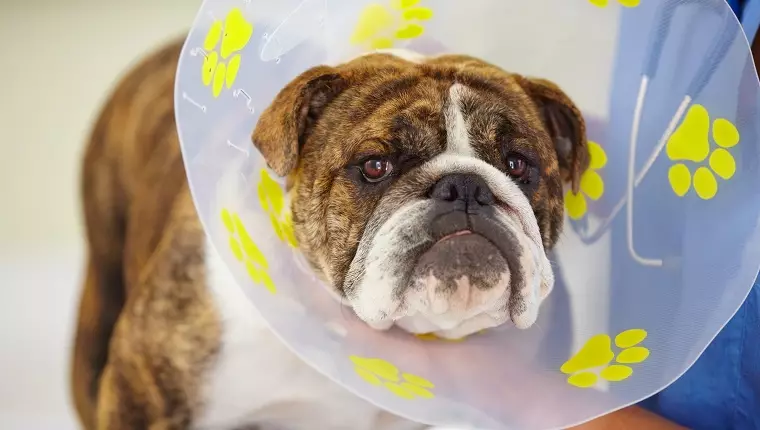February marks an essential period in the pet ownership calendar: Spay/Neuter Awareness Month. This month not only raises awareness about the crucial role that spaying and neutering play in responsible pet ownership, but it also provides an opportunity to reflect upon a practice that has evolved significantly over the past century. The pivotal transition from viewing these procedures as cruel to recognizing them as an indispensable aspect of caring for pets illustrates the progress that society has made in animal welfare.
Historically, ideas surrounding the treatment of unwanted animals were strikingly different, often guided by harsh and even ruthless practices. A century ago, spaying and neutering were not widely endorsed medical procedures. Instead, desperate measures such as drowning or shooting unwanted pets were deemed acceptable. The concept of animal welfare was virtually non-existent, with rudimentary anesthesia posing significant risks during any surgical interventions. When evaluating the history of animal control, one can see a clear trajectory from these archaic practices to the more humane, scientifically informed approaches that we recognize as essential today.
As urban and suburban living became more common, particularly in the 20th century, household pets like dogs and cats surged in popularity. This dramatic increase in pet ownership necessitated a reliable and humane method of population control. However, the lack of effective spay and neuter programs in the early years led to a grim reality, particularly highlighted during the Great Depression. During this era, the American Society for the Prevention of Cruelty to Animals (ASPCA) recorded an alarming influx of over 300,000 stray animals in New York alone, highlighting the urgency of the pet overpopulation crisis.
The turning point came in the 1930s when spaying and neutering procedures became more commonly accessible. By the late 1960s, the opening of the first low-cost spay and neuter clinic in Los Angeles catalyzed a nationwide conversation regarding the importance of sterilization. The discourse surrounding these procedures began shifting from mere convenience for pet owners to a pressing animal welfare issue, demanding public attention and action.
Advocacy efforts gained traction over the ensuing decades as shelters and rescue groups took pivotal roles in educating the public. Changing the narrative was key: organizations reframed the conversation around the benefits of spaying and neutering, emphasizing a humane approach to pet population management. In 1972, a landmark decision from the ASPCA mandated sterilization for all adopted pets, further solidifying the broader change in mindset about responsible pet ownership.
The indicators of progress in the spay and neuter movement are significant. As awareness increased, so did the decline in shelter intake rates. By the 1990s, innovative approaches emerged, such as the feral cat trap-neuter-release programs, which represented a compassionate and practical method for addressing the feral cat population. Nowadays, the euthanasia rates for shelter animals have significantly decreased, dropping to approximately 12.5 per 1,000 pets over the past decade—a nearly 90% decline from figures recorded just half a century ago.
Despite these victories, the challenge remains concerning. Numerous animals continue to lose their lives in shelters each year, signifying that awareness alone is not enough. The call for spaying and neutering is still unheeded by many pet owners, implying the need for consistent education and outreach.
The Horizon: Future Directions and Innovation
Looking forward, researchers are exploring alternative, less invasive sterilization options. The Alliance for Contraception in Cats & Dogs, for instance, is at the forefront of investigating non-surgical methods for pet sterilization. Breakthroughs, such as a recent report from scientists at the California Institute of Technology on an injection that halts reproductive processes in mice, offer promising insights into future pet care possibilities.
Nevertheless, despite societal progress, we are still far from achieving a manageable pet population. The path toward this goal entails a collective effort from individuals, communities, and organizations. History shows that with determination and awareness, significant changes can occur.
As we observe Spay/Neuter Awareness Month, let us use this opportunity to continue advocating for the welfare of animals. Will you help in spreading awareness and ensuring that we dedicate ourselves to reducing the pet population to a manageable and sustainable level? The evolution of spay and neuter practices is a testament to our capability to effect change, and with continued effort, we can foster a world where every pet is cared for responsibly.

